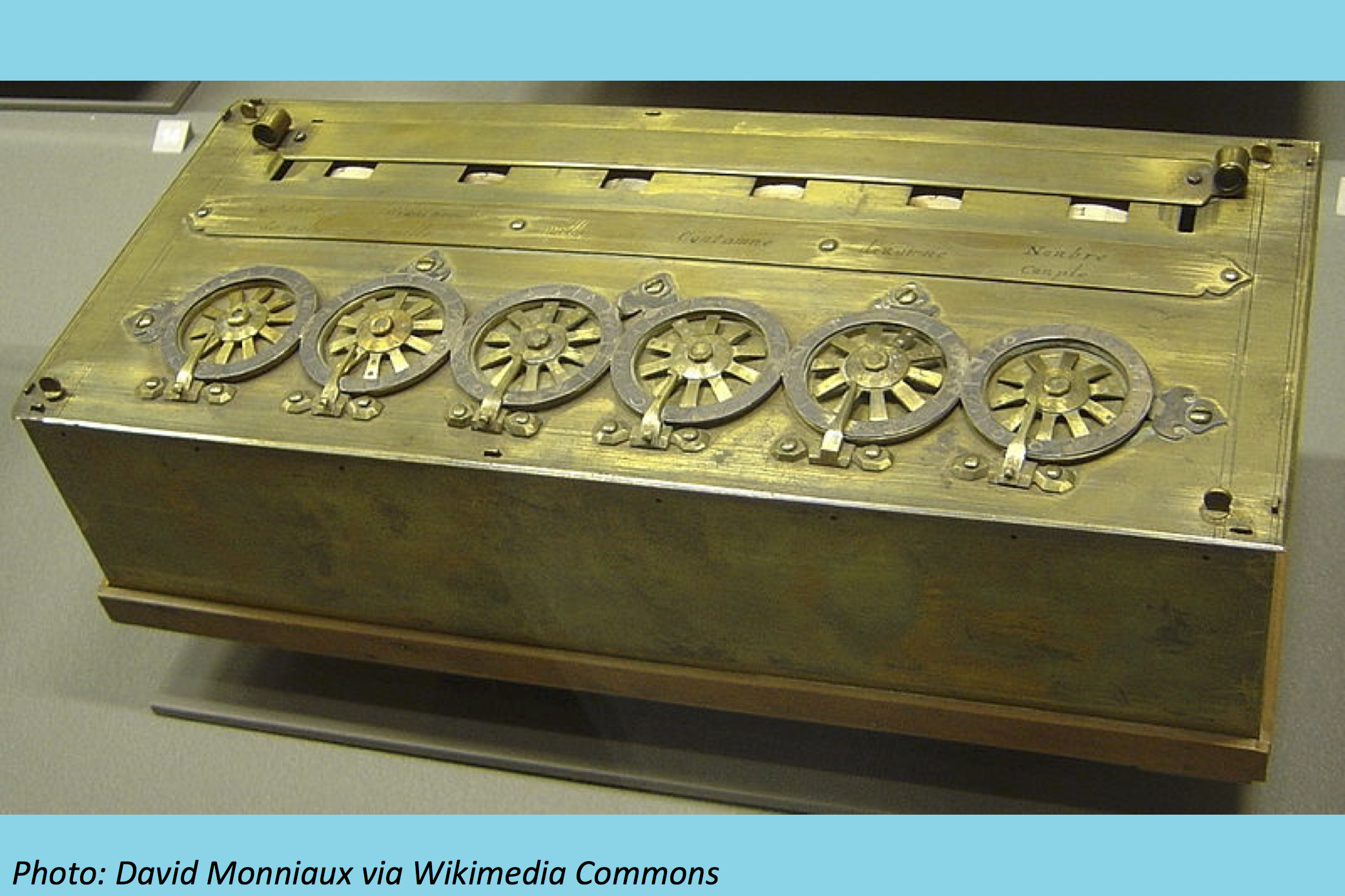Calculators are amazing: You just press the buttons to add numbers, subtract them or anything else you want to do, and the calculator spits out the answer! But before electricity it wasn’t quite so easy — here’s the machine Blaise Pascal invented in 1642. To add two numbers, you “dialed” the first number, then the second number. For bigger numbers, you dialed more dials – which took almost as long as doing the math itself! But thanks to Pascal’s cool gadget, we have speedy electronic calculators today.
Wee ones: Pascal’s calculator had 5 dials. If counting them 1 to 5, what number dial was right in the middle?
Little kids: If it takes only 2 second to add numbers on your mom’s phone, but 5 seconds longer on Pascal’s machine, how many seconds did his machine take? Bonus: How many ways can you group your fingers into 2 groups that add up to 10 (with at least 1 finger in each group)?
Big kids: If there are 5 wheels and all 10 digits on each wheel, how many little digits do the dials show? Bonus: Pascal was born in 1623, and invented the mechanical calculator in 1642. How old was he when he invented it?
The sky’s the limit: If each dial can show the numbers 0 to 9 how many different 3-digit numbers can the first 3 dials show?
Answers:
Wee ones: The 3rd dial.
Little kids: 7 seconds. Bonus: 9 ways: 1 and 9, 2 and 8, 3 and 7…all the way up to 9 and 1.
Big kids: 50 digits. Bonus: Only 19 years old!
The sky’s the limit: 1,000 different numbers, including 000. The set from 001 through 999 gives you 999 numbers, plus the all-zero choice adds one more.



